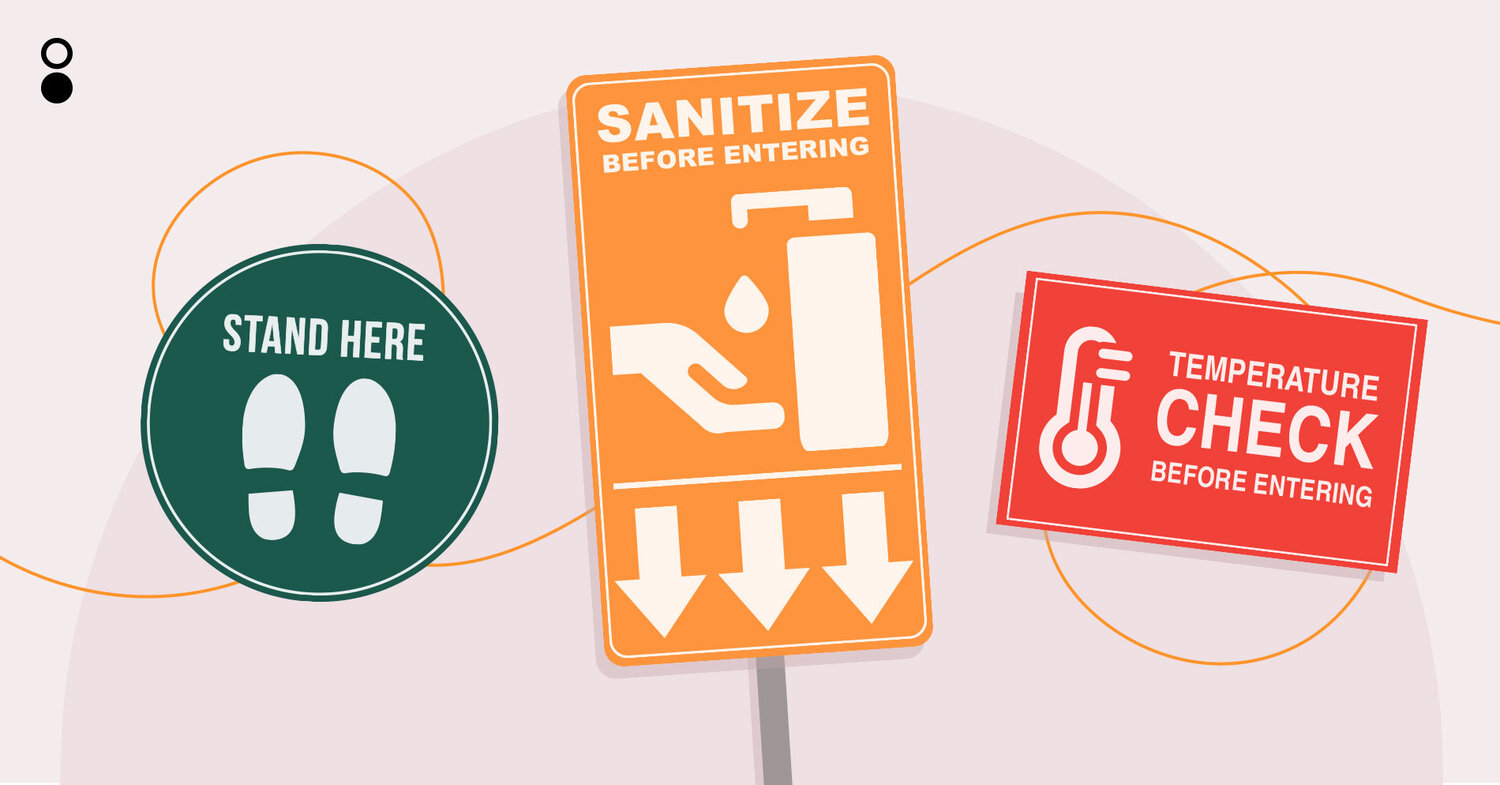
Filipinos are always nicknamed by the international community as one of the most resilient communities in the world. Every year we experience multiple typhoons and despite the difficulties, we are able to quickly recover from the calamity both physically and mentally. Local Government Units do their best to prepare and are ready to take action when the time comes but this crisis is in a league of its own. We may have been hit by pandemics in the past but never one of this severity. Never to the point of needing a total lockdown in certain areas of the country. COVID-19 is evidently a worldwide crisis.
Currently, various sectors of the government, especially local government units, are developing new ways to meet the demands of their quarantined citizens — from food, public transportation, and health. This is made especially difficult because of the implementation of ‘Physical Distancing’, also known as ‘Social Distancing’.
Netizens have found various ways to contribute to the situation from volunteering, donating food packs, making informative memes and Tiktok videos to entertain and spread awareness about COVID-19.
As a UX Researcher, I realized that we can also contribute our skills to helping the cause. There are certain theories such as Persuasive Design and Nudging that can be used to encourage people to uphold physical distancing and practice good hygiene. Experts tell us that these two practices can help flatten the curve so that the healthcare system can cope and focus on those who need intensive care.
In 2008, a popular concept dubbed as ‘Nudging’ emerged from Richard H. Thaler and Cass R. Sustain’s book, Nudge: Improving Decisions about Health, Wealth, and Happiness. The authors define ‘nudge’ as:
A nudge, as we will use the term, is an aspect of the choice architecture that alters people’s behavior in a predictable way without forbidding any options or significantly changing their economic incentives. Redirecting their behavior, little by little, so that over time they behave in a different way — hopefully, a more idealistic way for your product.
The authors assert that anyone who makes design has the power to influence the user’s decisions during their exposure to a product. As a UX Researcher, I think this does not only apply to products and services but also in our day to day quarantined life— the “new normal”. We should try and nudge people to trust in the process of the quarantine and regulations so that we can flatten the curve, just as how governments in Singapore and Taiwan used nudging to their advantage.
The first rule of UX = you are not your user.
With every design, there’s one major rule that must be followed, “You are not your user”. Users see and do things differently compared to the design creators. Terms that a designer might understand and use often might not be as easily understood by the end user.
This was exactly the case in Taiwan when their government worked with leading user experience (UX) data and insight company, UX Testing, to better understand what’s happening on the field level. After several User Interviews, they discovered that ‘Social Distancing’ was not a common phrase that the locals understood. This allowed their Task Force to react immediately and change all materials to ‘Keep two meters away from others’ to better communicate a message that could keep their citizens safe and reduce infections.
The formula to User-Centered Design can be broken down like this:
Understanding your user’s journey → Informs good design → Which enables you to influence behavior, or nudge, appropriately.
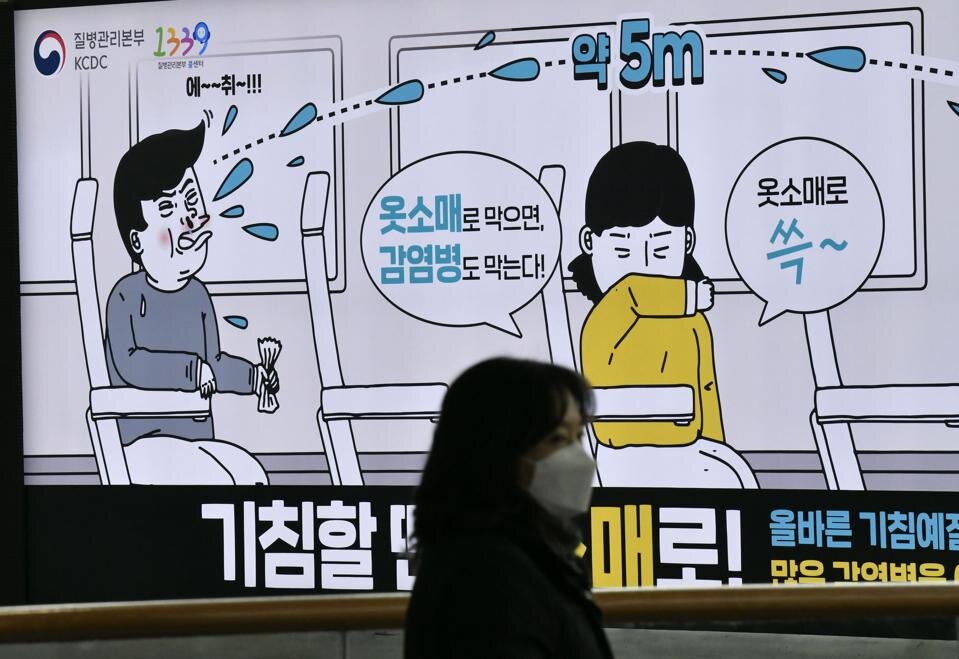
Creating impactful and effective design through Empathy
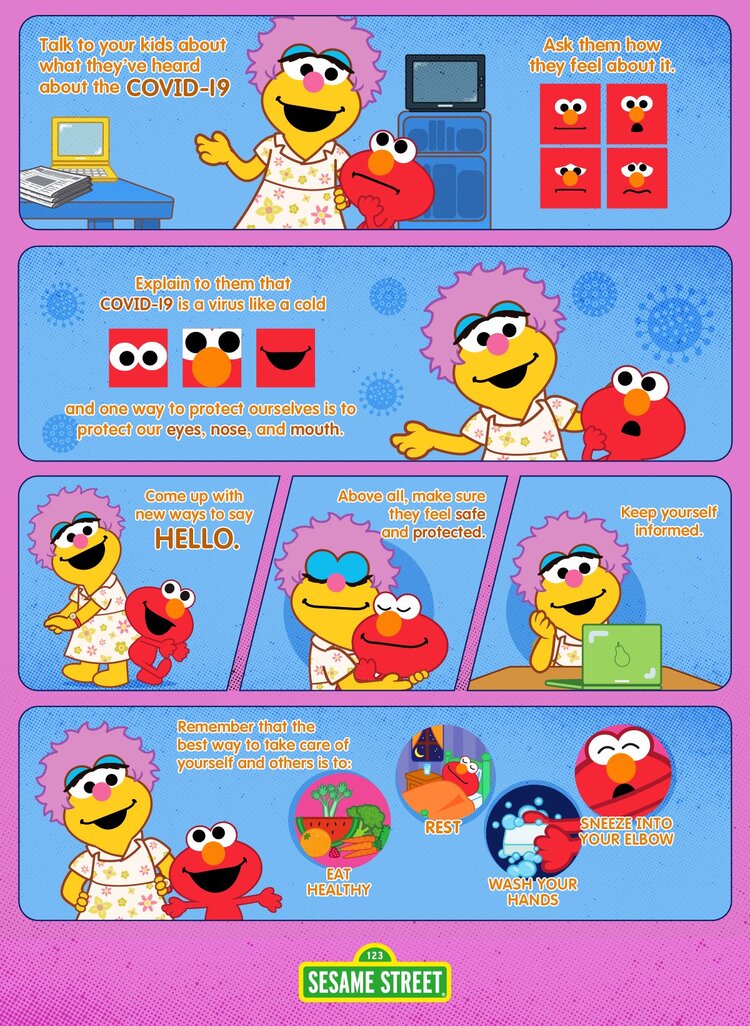
Singapore has been one of the role models for the COVID-19 pandemic. The country was exceptionally prepared for the crisis as they had established a task force who dealt with the SARs outbreak a few years back. One of the main goals of the task force was to incorporate public sentiments into their work and policies.
The way Singapore was able to communicate public health concerns has been clear, consistent and most importantly, creative such as using cartoons in a way that all ages in their community would appreciate. This way, Singaporeans knew what to expect when dealing with situations unique to COVID-19. They were empowered to react in a way that would allow them to remain calm and think about being the well-being of others.
Visualizing social-distancing in public spaces
A great example of nudging would be the one in Baguio City with the use of white dots as indicators for passengers to maintain the appropriate physical distance while waiting in line. Staying at a close distance is usually normal within a store but doing this during the pandemic can be dangerous. With gentle nudging, we can encourage people to alter their behavior without restricting them completely. Like in the photo below, the store patrons can still get groceries while maintaining their safety.
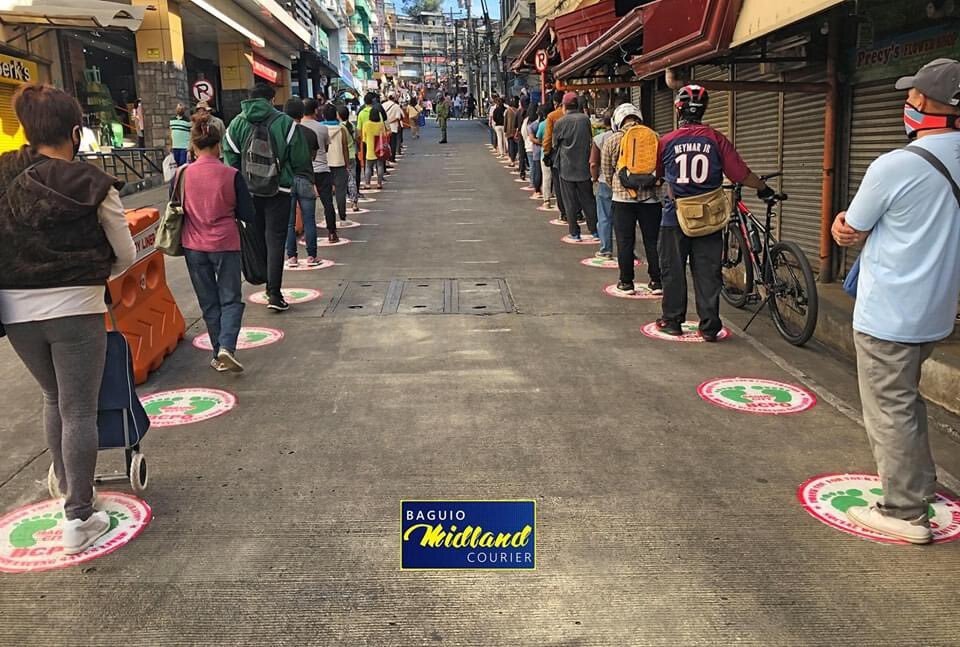
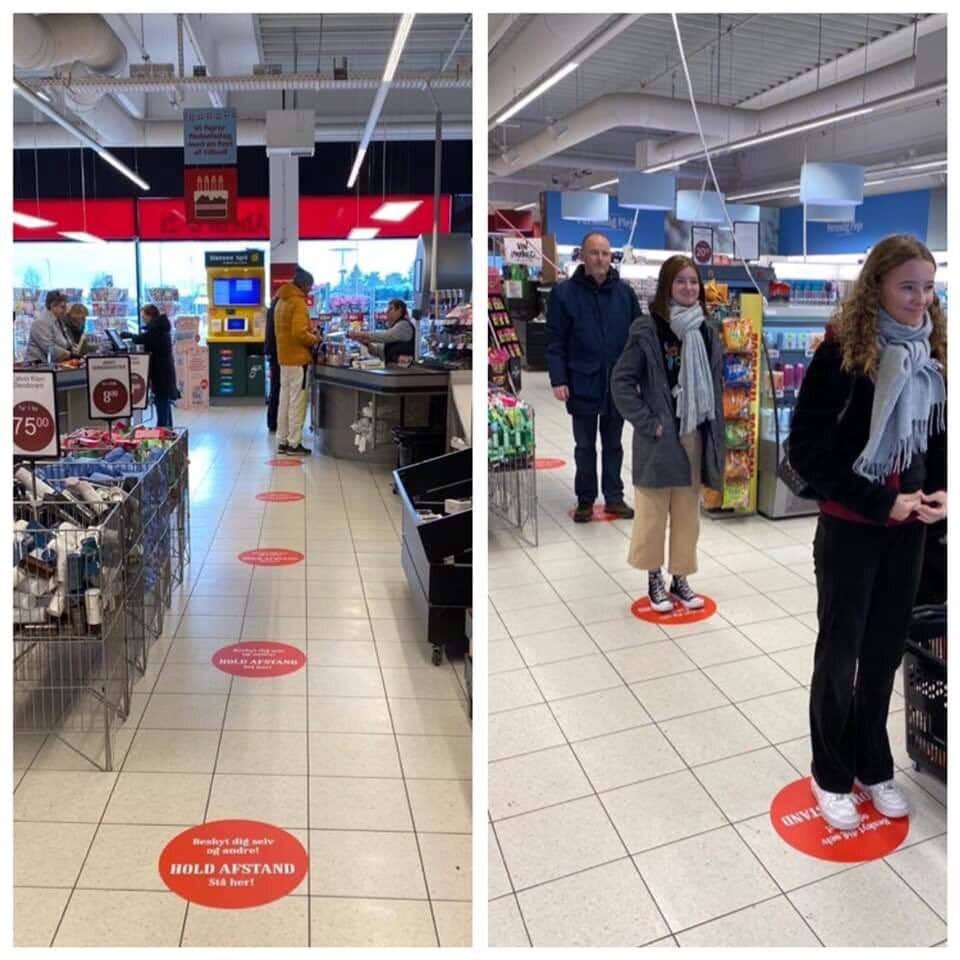
Encourage Frequent Hand Washing through visualization and songs
The picture may look terrifying but this form of persuasive design uses our fear to inforce frequent handwashing and remind people to not touch their face with their dirty hands. However, it might not be the best choice to nudge people with fear. In our current situation, we want to promote discipline while reducing anxiety and bringing communities a sense of control of the situation.
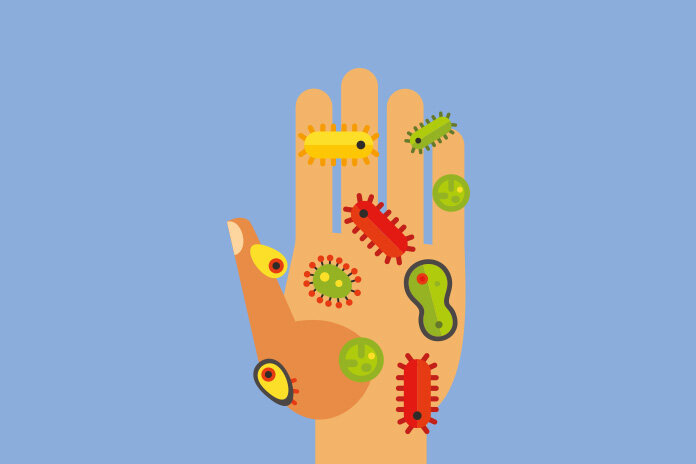
The TikTok community has found a way to make hand washing more enjoyable with the use of songs you can sing and dance to like singing Row, Row, Row Your Boat, Happy and You Know It and Twinkle, Twinkle Little Star for about 20-30 seconds as recommended by experts. Here is a list of other famous songs that you can use.
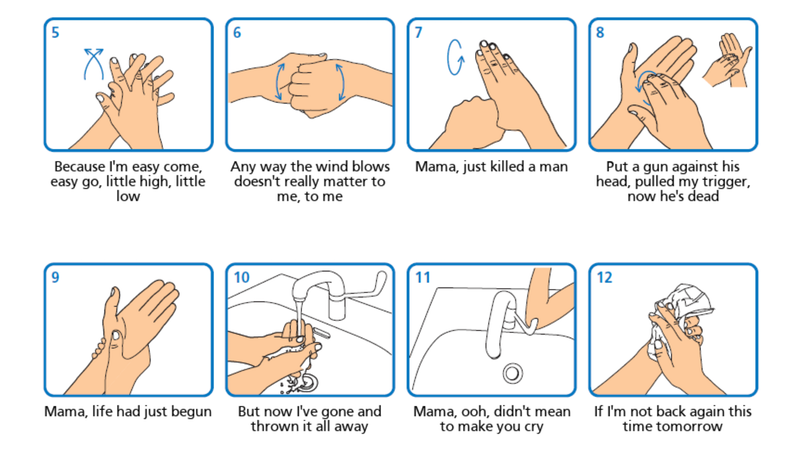
Closing
As a citizen and a UX Researcher, what I realized is that we can be proactive in helping our country by using the skills and knowledge that we have to combat the virus. Providing expert solutions can only be as effective if the message is clear and simple towards the receiving end. Persuasive design and Nudging can be a method to be used when communicating these experts' solutions to guide users to an appropriate action or decision.
When instructions become distorted, people often get stressed or confused, which makes things harder to process information and respond appropriately. Instead of saying, ‘Practice Social Distancing’, we can say ‘Stay two meters away from another person’. Visualizing or rewording statements other people don’t seem to “get” can help communicate messages clearly. As frustrating as our COVID numbers can be, we can still flatten the curve by sharing our expertise to encourage our policymakers to rethink their current solutions.
What are some other behavioral nudges you’ve seen? Post a comment with a link and share them with friends and family. Wash your hands, stay at home, spread some joy, and keep safe.